Graphics Reference
In-Depth Information
Although we now know what it means for a function to be integrable, we still need
a convenient way to compute the integral.
4.8.4. Theorem.
(Fubini's Theorem) Let
A
Ã
R
s
and
B
Ã
R
t
be rectangles and
assume that f :
A
¥
B
Æ
R
is integrable. Define functions g
y
:
A
Æ
R
and h
x
:
B
Æ
R
by
g
y
(
x
) = f(
x
,
y
) and h
x
(
y
) = f(
x
,
y
). If g
y
(
x
) is integrable except possibly at a finite number
of
y
, then
(
)
Ú
Ú
Ú
Ú
Ú
(
)
f
=
g
=
f
x y dx dy
,
.
(4.21a)
y
AB
¥
B
A
B
A
Similarly, if h
x
(
y
) is integrable except possibly at a finite number of
x
, then
(
)
Ú
Ú
Ú
Ú
Ú
(
)
f
=
h
=
f
x y dy dx
,
.
(4.21b)
x
AB
¥
A
B
A
B
Proof.
See [Spiv65] or [Buck78].
The integrals in equations (4.21a) and (4.21b) are called
iterated integrals
. One
common situation where Fubini's theorem applies is when f is continuous.
It is worth restating Fubini's theorem in the special case where f : [a,b] ¥ [c,d] Æ
R
. Equations (4.21a) and (4.21b) then become
(
)
b
d
Ú
Ú
Ú
(
)
f
=
f x y dy dx
,
[
]
¥
[
]
ab
,
cd
,
a
c
(
)
d
b
Ú
Ú
(
)
=
fxydxdy
,
.
(4.22)
c
a
We can also apply Fubini's theorem to integrate over nonrectangular regions. We
state one variant of those types of integrals. Suppose that
X
Õ [a,b] ¥ [c,d] and that
X
is bounded by the lines x = a, y = b, and the graphs of functions a(x) and b(x) defined
over [a,b] with a(x) £b(x). Then
(
)
(
)
b
b
x
Ú
Ú
Ú
(
)
f
=
f x y dy dx
,
.
(4.23)
a
a
(
x
)
Figure 4.23 shows the geometry. We are thinking of the right-hand side of equation
(4.23) as an integral of the areas of the vertical slices.
4.8.5. Example.
Let
X
be the region in the plane bounded by curves
2
2
x
=
2
,
x
=
5
,
y
=
1
+
(
x
-
3
)
,
and
y
=- -
6
(
x
4
)
.
See Figure 4.24. If f(x,y) = y, then
2
1
2
2
2
571
10
Ê
Á
-
(
)
13
ˆ
˜
(
)
(
)
5
6
x
4
5
È
Í
˘
˙
2
2
Ú
Ú
Ú
Ú
(
)
(
)
f
=
y dy dx
=
6
-
x
-
4
-+ -
1
x
3
dx
=
.
2
(
)
2
+-
x
2

